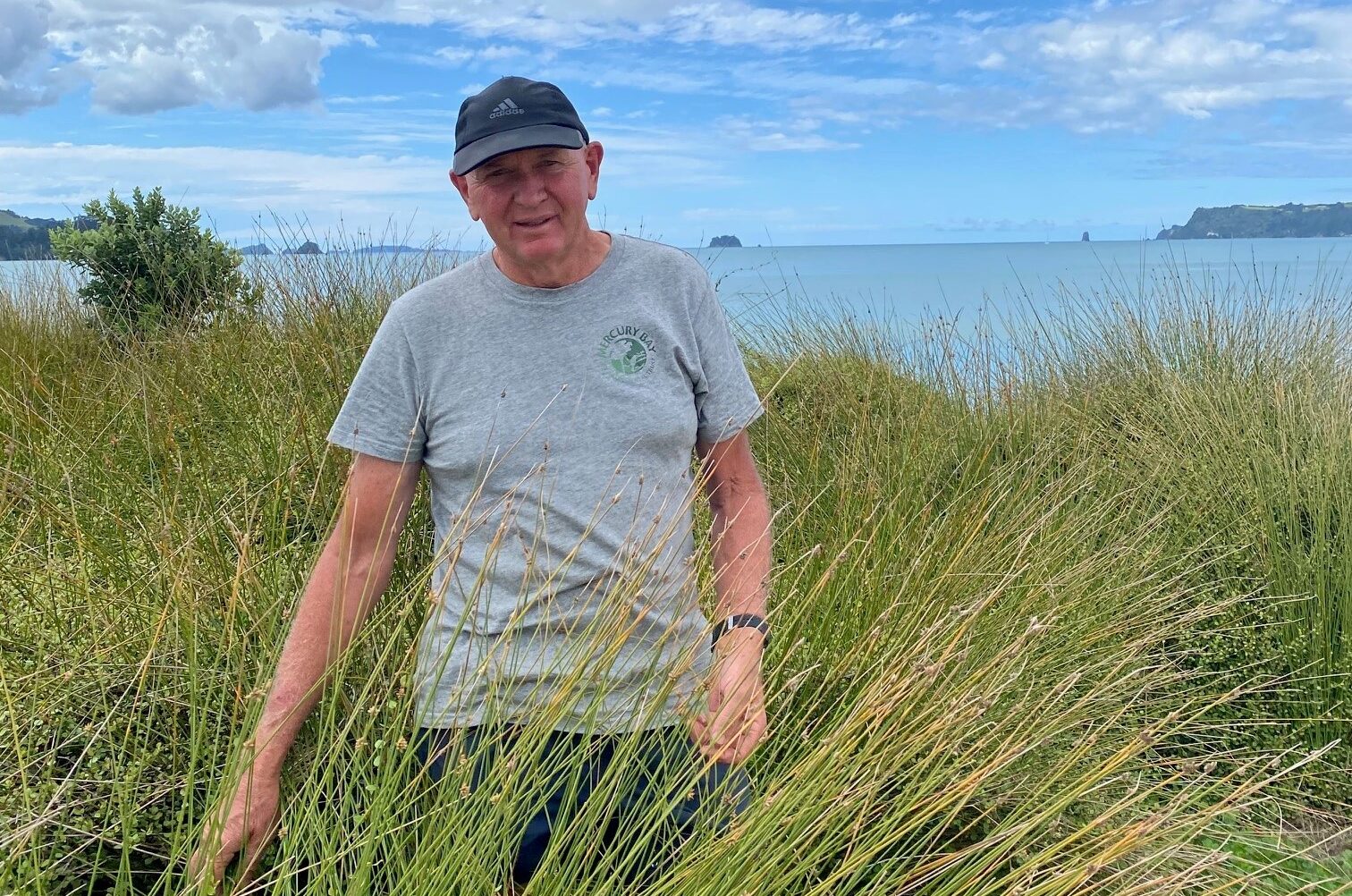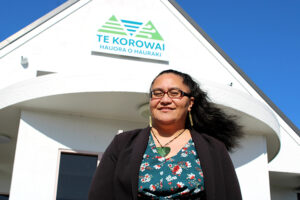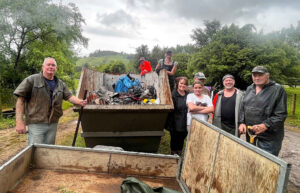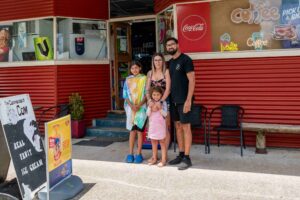Eastern-Coromandel Coastcare groups have been faced with increased challenges involving dune resilience and sustaining coastal grasses following Cyclone Hale.
Coastcare is a partnership between the local community, iwi, district councils, Waikato Regional Council and the Department of Conservation whose main purpose is to care for Waikato beaches.

Mercury Bay Environmental Trust project manager Kim Lawry said collecting seed heads from native dune grass like spinifex had become an important part of dune restoration.
But said this summer had offered a “small window” to collect the seeds from which the following year’s plantings were grown.
“With many of the seed heads swept away in Cyclone Hale’s fury, Coastcare groups from Whangapoua, Matarangi, Kūaotunu, Ōpito Bay, Wharekaho, Buffalo Beach, Onemana and Whangamatā weren’t able to get as many as we’d like this year,” he said.
“After a storm, spinifex would naturally walk backward and send runners inland to re-establish further up dune…that was before coastal squeeze interfered with this process and now we can’t just leave them to it.
“On many of our beaches, spinifex has limited space to retreat inland. We don’t have enough room between the shoreline and the houses and roads.”
Kim believed the decline in spinifex seeds could be due to climate change.
“The prevailing winds we’re getting now may not allow for pollination to happen as it should,” he said.
Kim said another issue threatening spinifex supply was its growing difficulties and that there was no financial return for all the “hard mahi”.
“It gives commercial nurseries no incentive to assist in spinifex supply,” he said.
“Growing the plants is a labour intensive process. After manually extracting seeds from the heads, each one has to be squeezed to check it’s viable.
“In the past, we could keep up with demands, but the more we’ve learnt about how important spinifex is, the more our demand has increased.”
Kim said innovation in growing spinifex was required to ensure its sustainability.
“The idea for a nursery in Whitianga has been raised though it would require a purpose-built nursery that supports the narrow temperature ranges required for spring germination,” he said.
“Storm damage from time to time is expected. If a few trees fall down you don’t give up on a forest. So long as there are plants left behind, restoration can still happen.
“We need to talk to universities to find a better way to grow spinifex that is more efficient and less labour intensive.”




